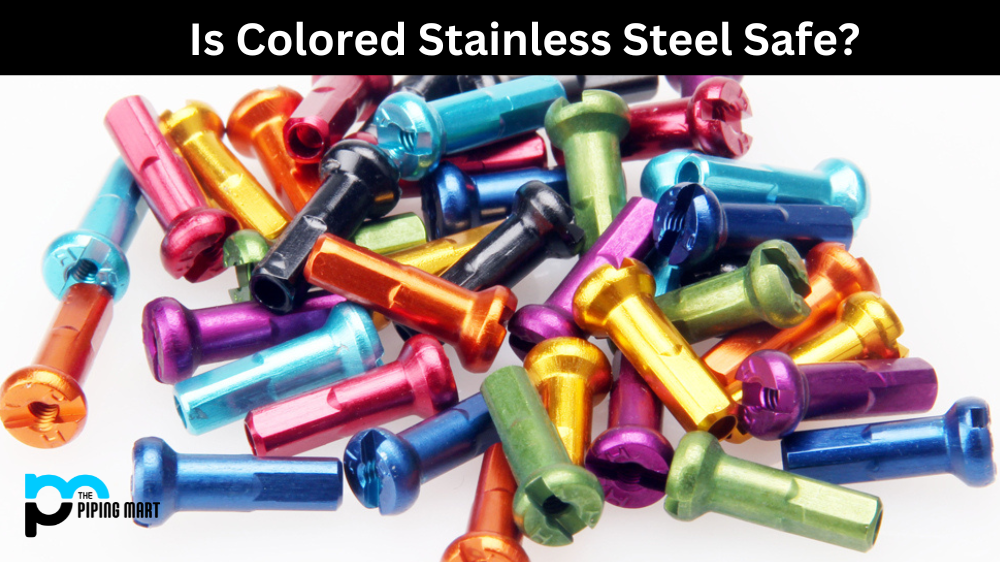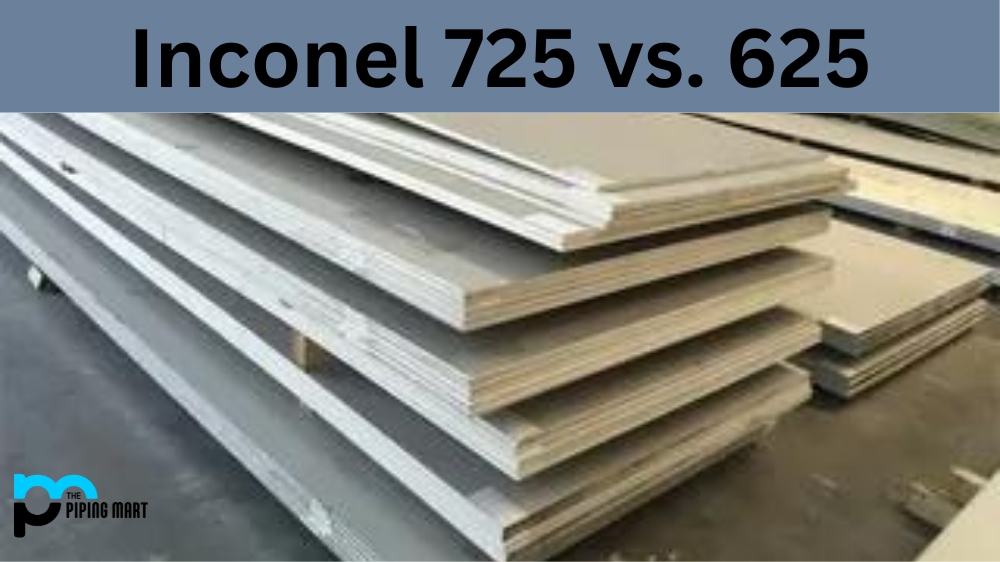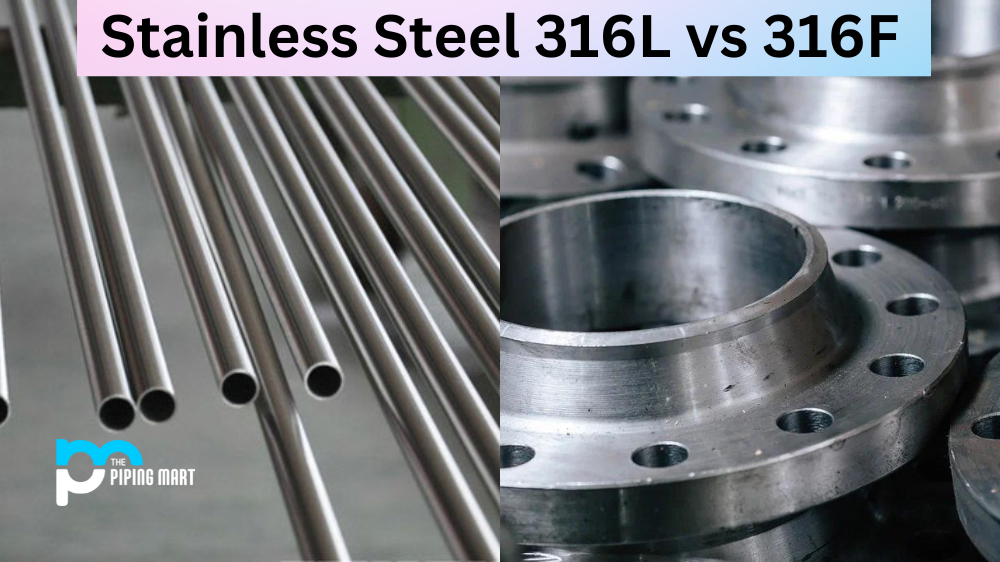If you have ever shopped for kitchenware, you have likely come across the terms AISI 304 and 18/10 stainless steel. These two terms refer to different grades of stainless steel, but what does that mean? In this blog post, we will look at the differences between AISI 304 and 18/10 stainless steel so that you can make an educated decision when shopping for kitchenware.
AISI 304 Stainless Steel
AISI 304 is a standard grade of stainless steel used in many kitchen products. This type of stainless steel contains at least 8 per cent nickel and 18 per cent chromium, which makes it highly resistant to corrosion. It is also known as “food-grade” or “surgical-grade” stainless steel because it is safe to use with food and medical instruments. Additionally, it has excellent heat resistance properties, meaning that it can withstand high temperatures without losing its shape or becoming damaged.
18/10 Stainless Steel
18/10 stainless steel is also known as Type 302 or 302B. This type of stainless steel contains 18 per cent chromium and 10 per cent nickel, making it more durable than AISI 304. It also has excellent corrosion resistance and is easy to clean due to its nonporous surface. In addition, this type of stainless steel has a higher melting point than other types of metals, making it ideal for cooking utensils such as pots and pans. However, due to its higher price tag compared to different types of metal, this material is only sometimes used in budget-conscious kitchens.
Difference Between AISI 304 and 18/10
AISI 304 and 18/10 are two types of stainless steel. They are similar in terms of composition but differ in words of their properties and applications.
Composition
Both AISI 304 and 18/10 contain 18% chromium and 8% nickel. However, the significant difference between them is that AISI 304 also includes a small amount of carbon, while 18/10 does not. This difference in composition gives each type of stainless steel different properties.
Properties
The main difference between AISI 304 and 18/10 is that AISI 304 is more resistant to corrosion than 18/10. This is because the carbon in AISI 304 forms a protective layer on the surface of the metal, which prevents oxygen and water from reacting with the metal. 18/10, on the other hand, is more susceptible to corrosion because it does not have this protective layer.
Applications
AISI 304 is typically used in food processing and kitchen applications, as it is more resistant to corrosion than 18/10. 18/10 is often used in decorative applications, such as flatware or kitchen utensils, as it has a higher shine than AISI 304.
Cost
AISI 304 is typically cheaper than 18/10, as it does not contain nickel. Nickel is a costly element, so its omission can result in a lower price for AISI 304 stainless steel.
Availability
AISI 304 is more widely available than 18/10 stainless steel, as it is produced in more countries worldwide.
Conclusion
Both AISI 304 and 18/10 stainless steel are popular materials used in kitchenware due to their durability and resistance to corrosion. While they both contain chromium and nickel, the difference lies in the amount; AISI 304 includes 8 percent nickel, while 18/10 contains 10 per cent nickel. Additionally, 18/10 has a higher melting point than other types of metal, so it is ideal for cooking utensils such as pots and pans while still being affordable for most budgets. Knowing the difference between these two materials will help you make an informed decision when shopping for kitchenware to get precisely what you need!

Abhishek is a seasoned blogger and industry expert, sharing his insights and knowledge on various topics. With his research, Abhishek offers valuable insights and tips for professionals and enthusiasts. Follow him for expert advice on the latest trends and developments in the metal industry.




